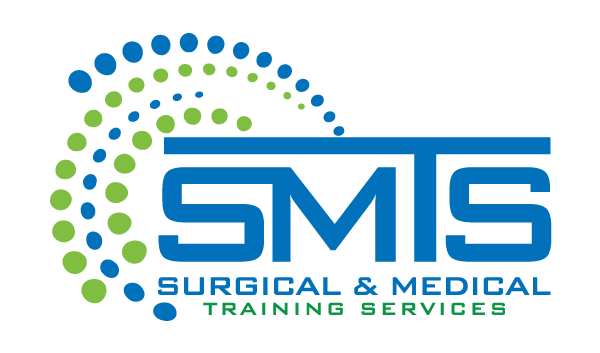The use of human cadavers in orthopedics, especially for total joint procedures, such as shoulders, hips, and knees, is crucial for several reasons.
- Realistic Anatomy: Human cadavers provide a realistic and accurate representation of human anatomy, allowing orthopedic surgeons to practice procedures on a real human body. This is especially important in joint replacement surgery, where surgeons need to understand the location and function of bones, muscles, and other structures.
- Hands-On Experience: Cadavers provide an opportunity for orthopedic surgeons to gain hands-on experience with joint replacement surgeries, which can be complex and require a high degree of skill. Practice on cadavers helps surgeons become familiar with the steps of the procedure and gain confidence in their abilities.
- Testing and Development of New Techniques: Cadavers are also used to test and develop new surgical techniques and tools, allowing for advances in joint replacement surgery. Surgeons can practice on cadavers without putting patients at risk and can refine their techniques before using them on live patients.
- Education: Cadavers are an important educational tool for orthopedic residents and fellows, as well as for medical students. Exposure to human cadavers helps future orthopedic surgeons gain an understanding of human anatomy and the intricacies of joint replacement surgery.
- Research: Cadavers can also be used for research purposes, allowing orthopedic surgeons to study joint diseases and conditions and test new treatments and therapies.
Overall, the use of human cadavers in orthopedics for total joint procedures is essential for the development of new techniques, the education of future orthopedic surgeons, and the improvement of patient outcomes. By practicing on cadavers, surgeons can refine their skills and gain the experience they need to perform successful joint replacement surgeries.
